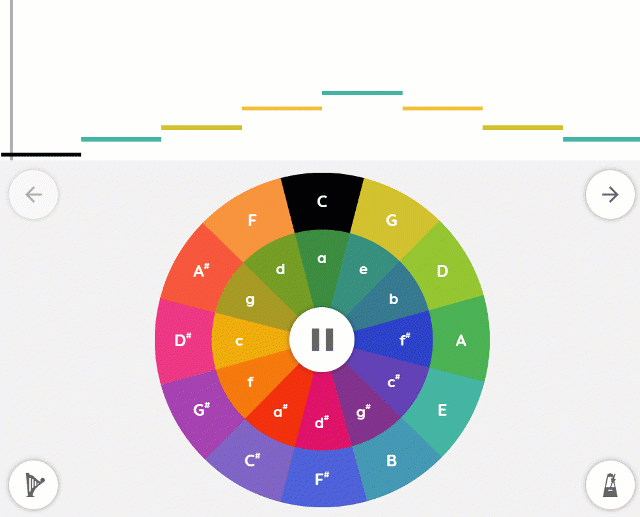

The tools were designed with fun and education in mind.

If you save something you create, you’re given a unique link to it. The Lab is completely free to use – no account is needed. If you’re a developer, you may enjoy checking that out and even building upon it. The experiments are built using free online technologies and the code behind some of them is even on GitHub. Once you’re bored with the basic tools here, check you professional DAWs you can switch to.The project is organized into “experiments.” Each experiment has a different musical focus. You can also connect your MIDI keyboard which is a great add-on.īesides that, if you simply want to create a basic melody along with a beat, the song maker is a good option.

For example, you can use the shared piano with friends and family and enjoy it together. If you are a beginner, it may help you understand the basics well. Well, for a musician, the tools are basic. Strings – Visualize the relationship between the length and pitch of a string.Oscillators – Hear multiple oscillators (vibration at steady rates), change frequently, and types.Check if you’re planning to start with a DAW. Piano-Roll – Pre-set pieces in a piano roll style UI.Harmonics – You can see how a note changes its sound when played twice/thrice/four times as fast.Voice-Spinner – Spin your own voice recording back and forth like a turn-table.Sound Waves – Visualise how air molecules move back and forth when you play a note.Spectrogram – Visualize and compare frequencies of different sounds like a wine glass, modem, flute, own voice, etc.Here’s a list of all the remaining tools you should try. Playing and observing will help understand the melody maker, arpeggio tools better. It has pre-recorded patterns of famous melodies in a grid form.

The other one that you might want to check is piano roll.


 0 kommentar(er)
0 kommentar(er)
